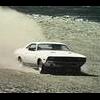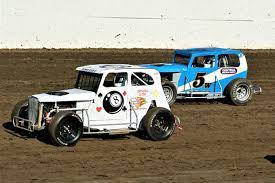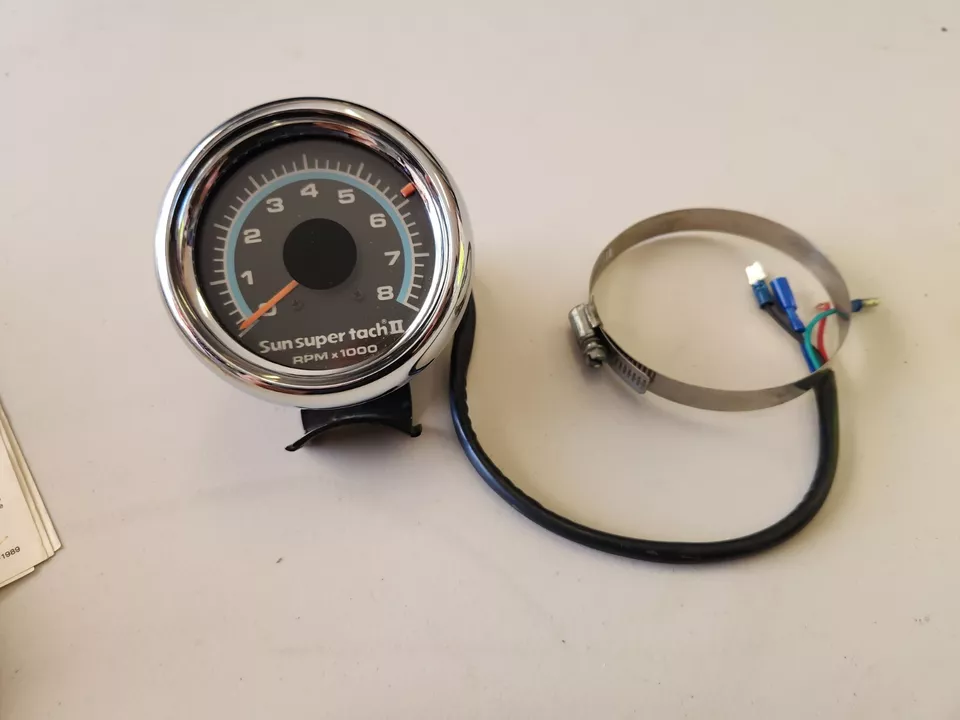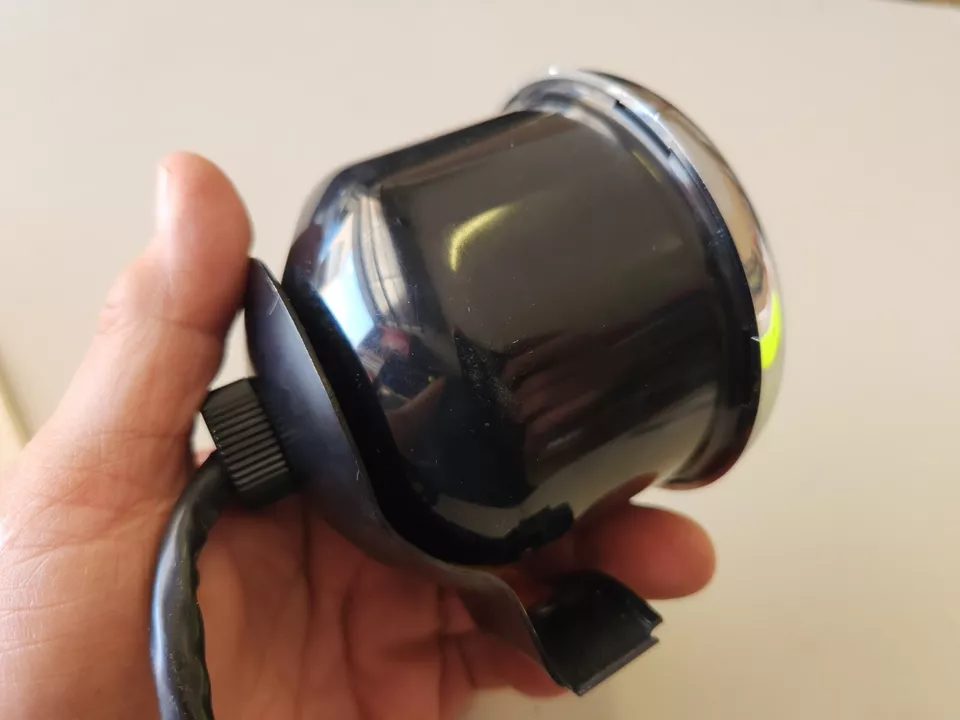-
Posts
1,928 -
Joined
-
Last visited
Content Type
Profiles
Forums
Events
Gallery
Everything posted by dwc43
-
You have to turn the microphone off on the phone. That's what I did, but it limits other things your phone can do too. Your phone spys on you and so do the new smart tv's. Never hook those things up to the net. They also have a built-in camera in the tv too. There's a lot of stuff spying on us these days and most don't even know it. One more reason they want to get rid of china owned tik tok. You don't think they would spy on us do ya?
-
Ice Man Collectibles is the one that I forgot the name to in the first post. He has the cheap lawn mower with engine and the weedeater with engine.
-
Good ones. I forgot about those. And they got that the minibike in one of the MPC Dodge truck kits too.
-
Leaf Blower — VCG Resins by Reese Check this one out. He has it in stock. Just leave the hose off of it and put a drive shaft or chain drive to your spreader.
-
1/64 1/43 Resin Figure Lawn Mower Man Life Scene Figures GK Model 3D Miniature Model Doll Unpainted DIY Toy (aliexpress.us) It's a guy pushing a mower. You could use the motor off the lawnmower. 3 inches under has his site and an ebay site. He did have a motor and pump made for transferring water for fire trucks. That had a pull rope motor on it. He had a chop saw that has more like an oversized chain saw motor on it. He also had a Jaws of Life tool and that requires a pull rope motor to run a hydraulic pump. It would take a while to search his sites. He has tons of stuff. Push Mower — VCG Resins by Reese Another push mower but it's sold out. Might contact him anyways. Someone else on ebay and he has a site too. Can't remember his name, but he had a push mower and a weed eater that he sells. Might do a search and see if any of those small engines will work for ya. Hope that helps point you in the right direction.
-

"The 777" Tasca Ford '63 lightweight Galaxie
dwc43 replied to customline's topic in WIP: Drag Racing Models
LOL!! You know, I just could not resist. I will agree with one thing, I really hate to go to a car show and see a Ford anything cheap chebby engine in it. If you want chebby power, buy a chebby chassis to put it in . Oh, you can't, they all rusted into dust by now. tee hee. Sorry, could not help myself. -

"The 777" Tasca Ford '63 lightweight Galaxie
dwc43 replied to customline's topic in WIP: Drag Racing Models
HEMI, ... 'nough said. ? ? -

"The 777" Tasca Ford '63 lightweight Galaxie
dwc43 replied to customline's topic in WIP: Drag Racing Models
That's a winner. Looking good. -

"The 777" Tasca Ford '63 lightweight Galaxie
dwc43 replied to customline's topic in WIP: Drag Racing Models
That looks awesome with all that chrome trim on it. Can't wait to see the finished project. -

"The 777" Tasca Ford '63 lightweight Galaxie
dwc43 replied to customline's topic in WIP: Drag Racing Models
I think the glossy paint depends on what it is. I see some of these models that have these high gloss paint jobs that you can see yourself in. That's great and they look awesome, but that was never a factory look if that's what you are going for. Even today's cars are not super glossy except in some cases like super cars. The see yourself like a mirror shine is great for a car show car that's never driven anywhere. Back in the day they spent the money on the engine and whatever it took to make it hook and go fast. I'd say most of them had the stock factory paint on them in most cases. A super glossy shine would not be right for that era I would not think. I guess if it was a team with factory support and they had deep pockets they may have gone the distance on a fancy paint job. I guess that's something to think about before you gloss it over. By the way, it looks great and love the pipe dumps on it. -

70s Era Asphalt Modified
dwc43 replied to OldNYJim's topic in WIP: Stock Cars (NASCAR, Super Stock, Late Model, etc.)
We're just ramblin and waiting on an update ourselves. lol? -

70s Era Asphalt Modified
dwc43 replied to OldNYJim's topic in WIP: Stock Cars (NASCAR, Super Stock, Late Model, etc.)
The most fun we ever had was at Hohenwald, Tn. We did a 200 lap Enduro race with a Super Street car. We prepped that car and brought enough parts that we could have built 3 more cars in the pits. lol We put tailpipes on the headers with a cross over pipe and ran them out the right side of the car trying to keep the noise down inside the car. Two cars crashed and ran over a bumper punched a hole in the cross over pipe and got a flat. Every time you backed off in the turn it would pop and flame out the pipes putting on a show. We also had a red flag at lap 100 on the front straight. You could refuel and give water or food to the driver, and you could look at the car, but not touch it. WE also had to provide a lap counter in the stands and their numbers had to match the number the track counter had in the booth. After it was over we were loading up and they started calling out the finishing positions from last to first over the PA. We thought we missed out names. We ended up finishing second behind David Earl Gentry. We proceeded to make a lot of noise and you would have thought we won the Daytona 500. lol Good times. -

70s Era Asphalt Modified
dwc43 replied to OldNYJim's topic in WIP: Stock Cars (NASCAR, Super Stock, Late Model, etc.)
WOW, that's a lot of cars. I know at my home track and a few others if we got a lot of cars we split them up into two heats and then lined up a normal sized group for the main. WE did have a big dwarf car race one night though. For those that don't know, that's a 1/2 scale 20's and 30's cars running motorcycle engines and cut down Toyota rear axles. They had so many cars there, with the lead cars on the starting line the tail end was halfway down the back stretch. Needless to say, that did not work out to good. Big wreck on 1st lap going into turn one. A couple cars actually got out into the parking lot, well they were hung up in the fencing and I think they did damage a couple cars. And to make it worse, they had to call the FD and EMT's to extricate one of the drivers from his car. He was not hurt bad, just could not get out of the car. -

70s Era Asphalt Modified
dwc43 replied to OldNYJim's topic in WIP: Stock Cars (NASCAR, Super Stock, Late Model, etc.)
Crash fest reminds me of the pony cars. Can't get through a race without 10 cautions or more. lol But, I guess you gotta start somewhere. -

70s Era Asphalt Modified
dwc43 replied to OldNYJim's topic in WIP: Stock Cars (NASCAR, Super Stock, Late Model, etc.)
-

70s Era Asphalt Modified
dwc43 replied to OldNYJim's topic in WIP: Stock Cars (NASCAR, Super Stock, Late Model, etc.)
That's a fact. I got hit in the left front in the middle of 1 and 2 at Winchester speedway one night by a camaro. It dislodged the z bar mount that bolts to the bellhousing. Lucky, I did not lose the everything. It stayed on the car, but it had no clutch. -
I'm in need of 2 Sun tachometer if anyone has one. Does not matter to me if it's plastic, resin or 3d printed. Thanks in advance.






